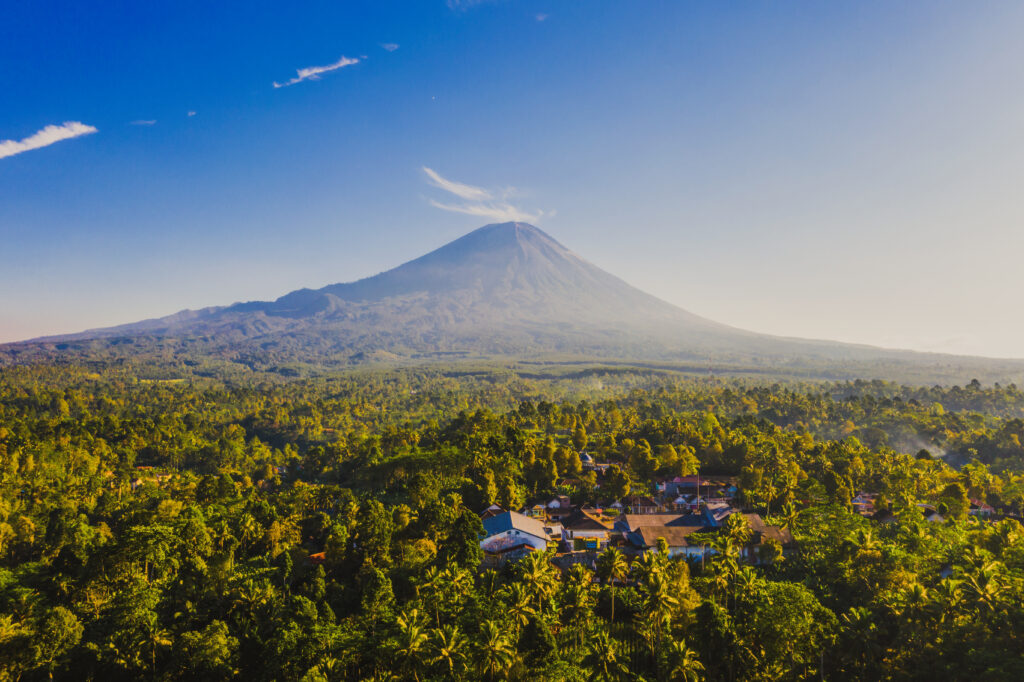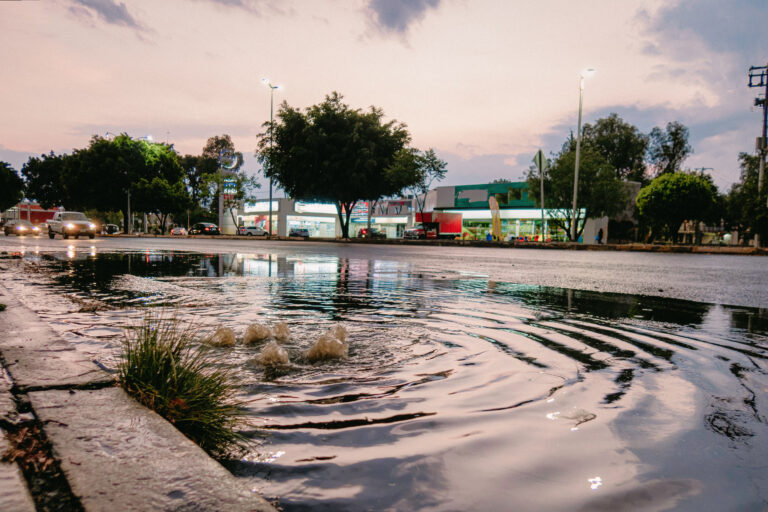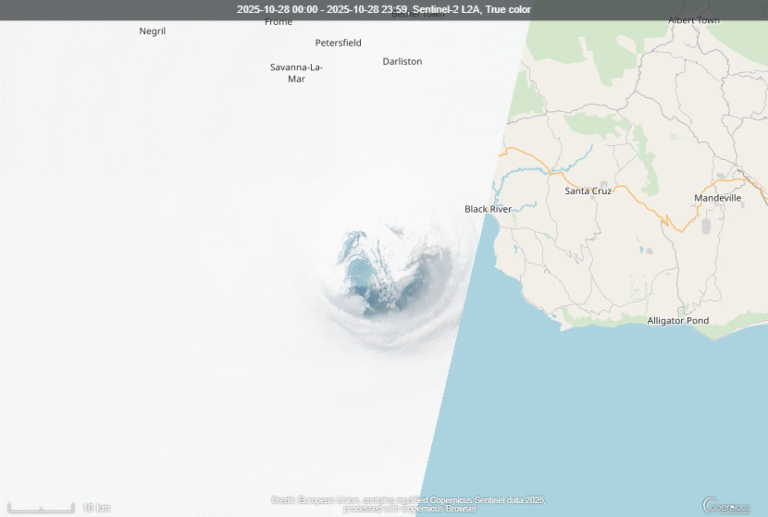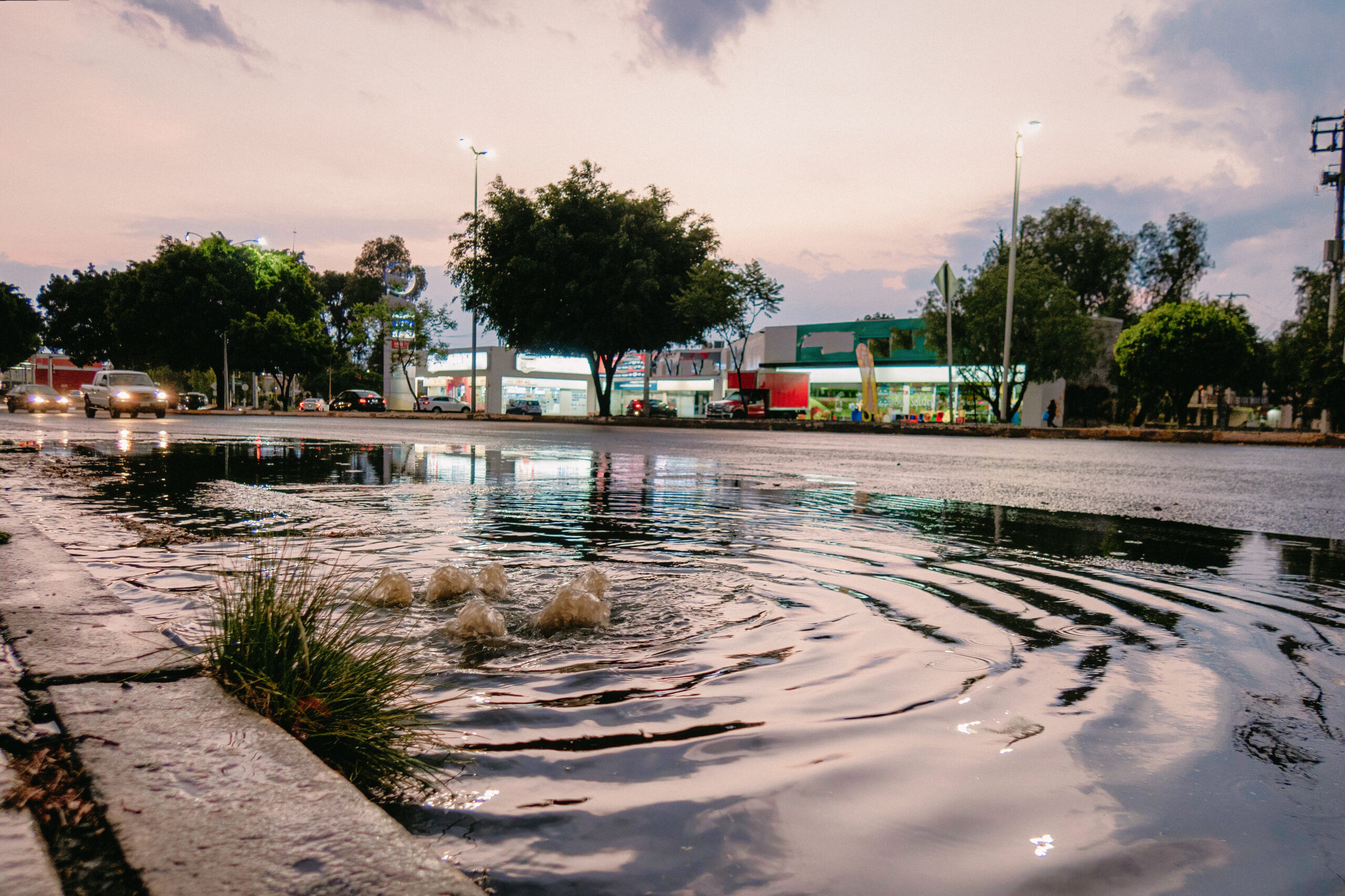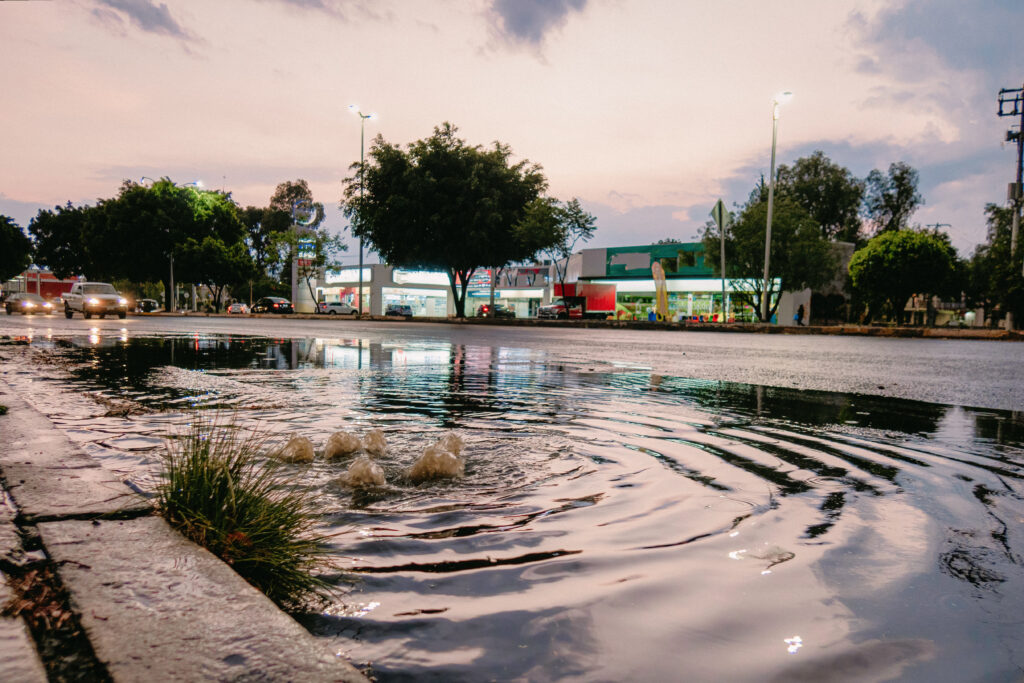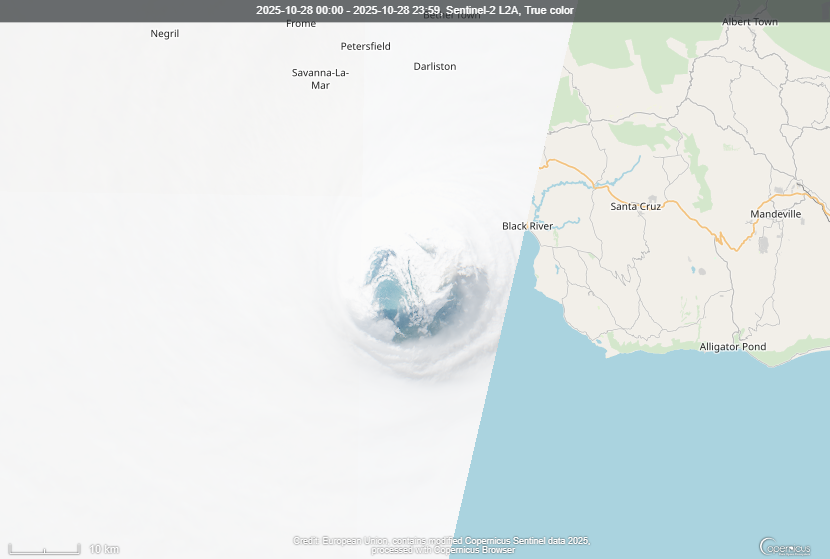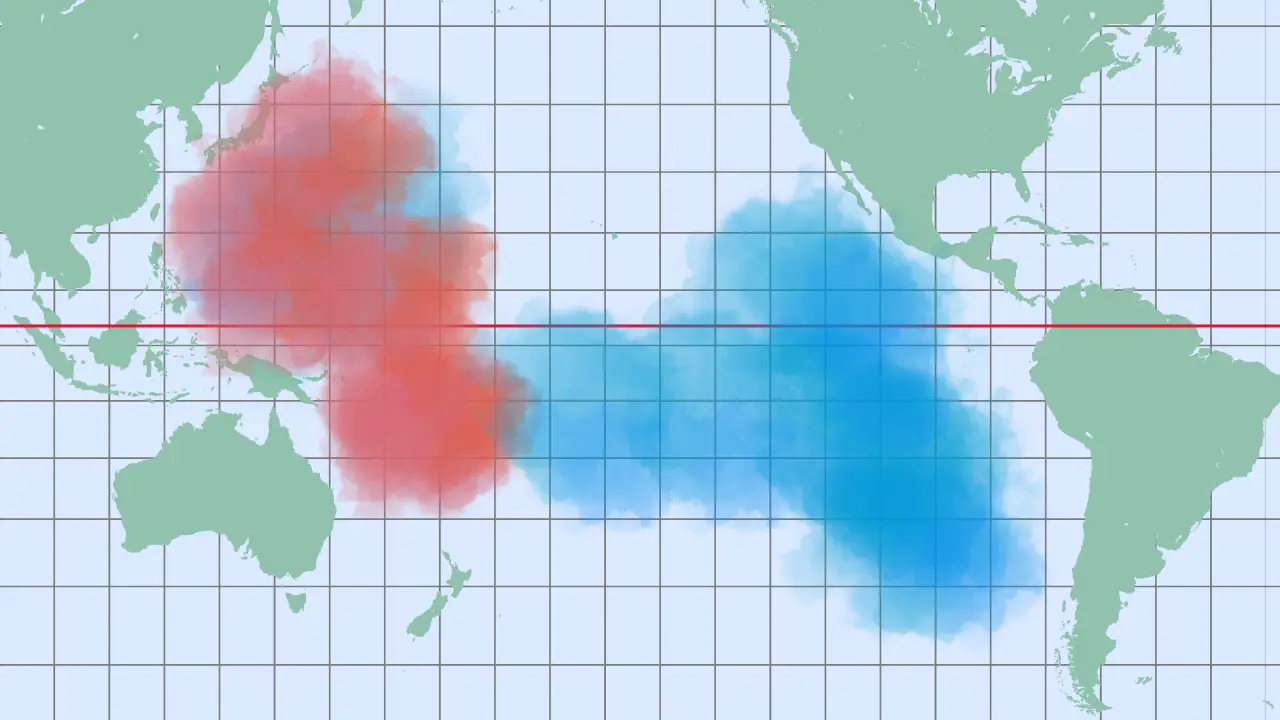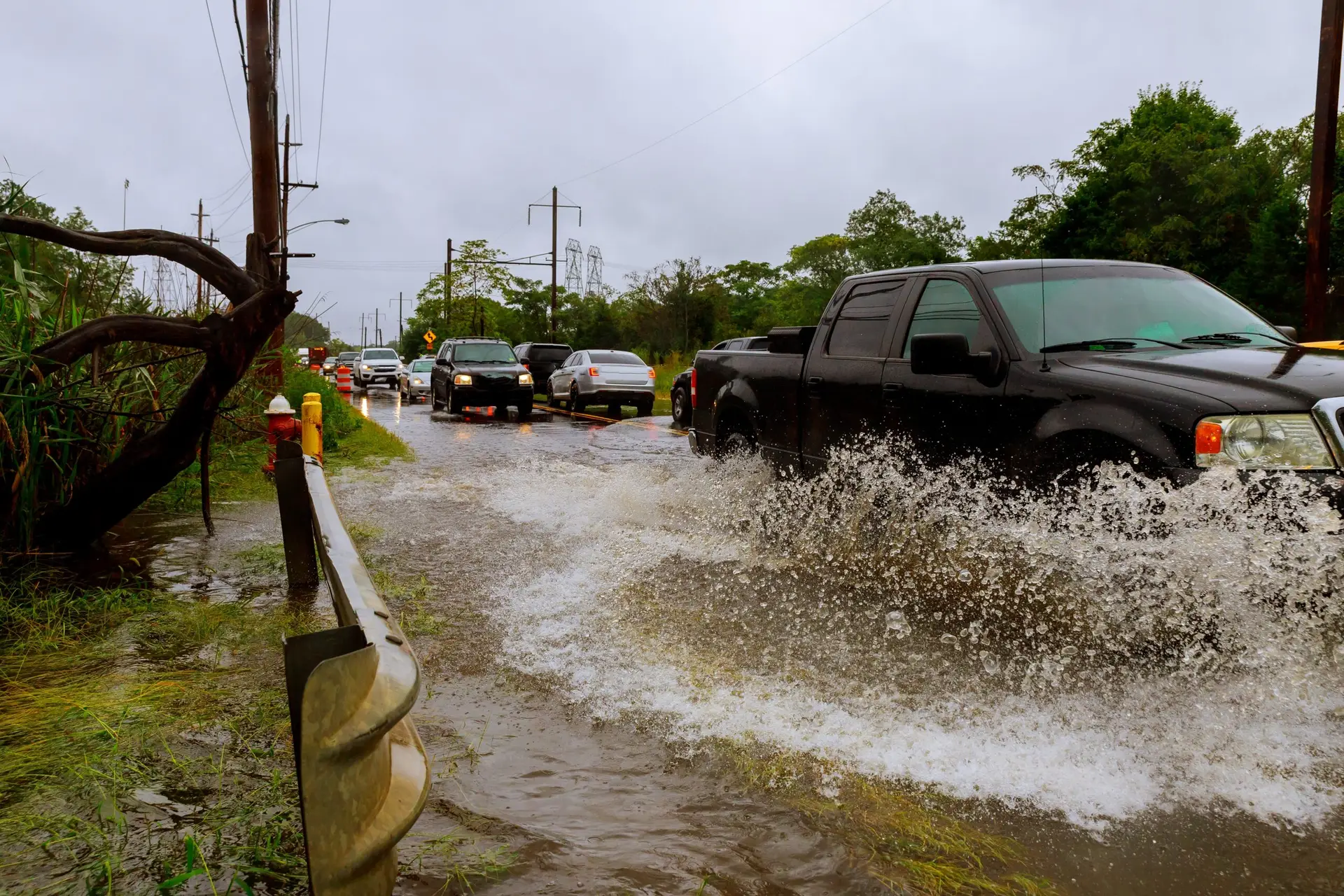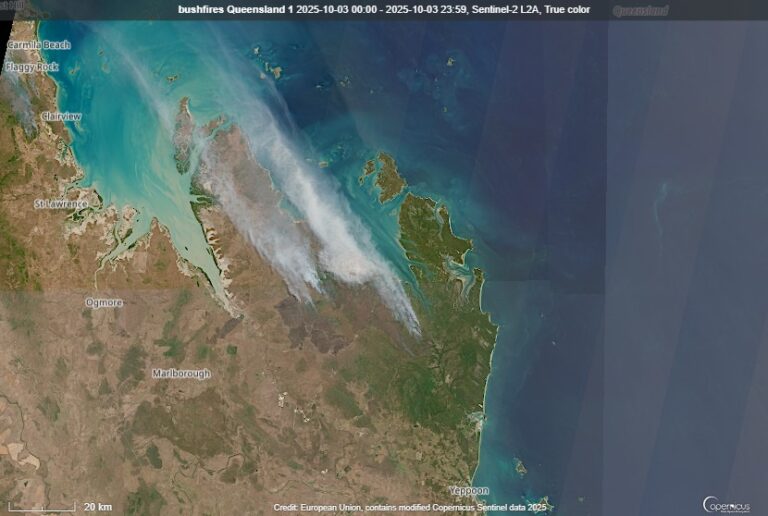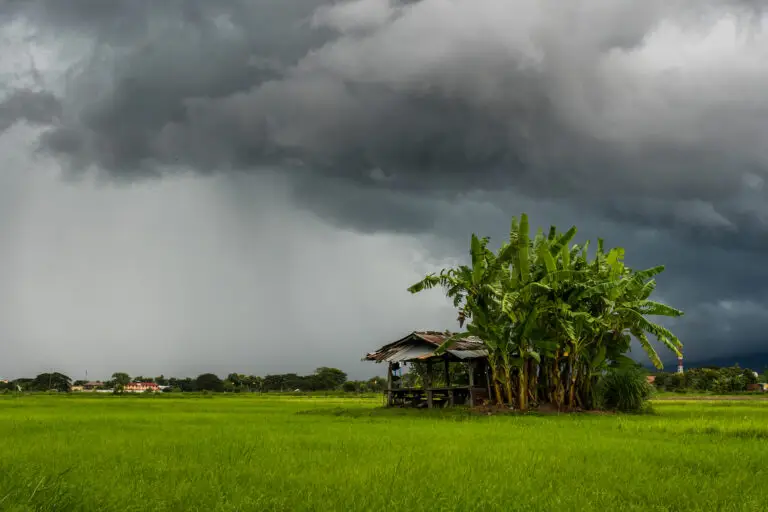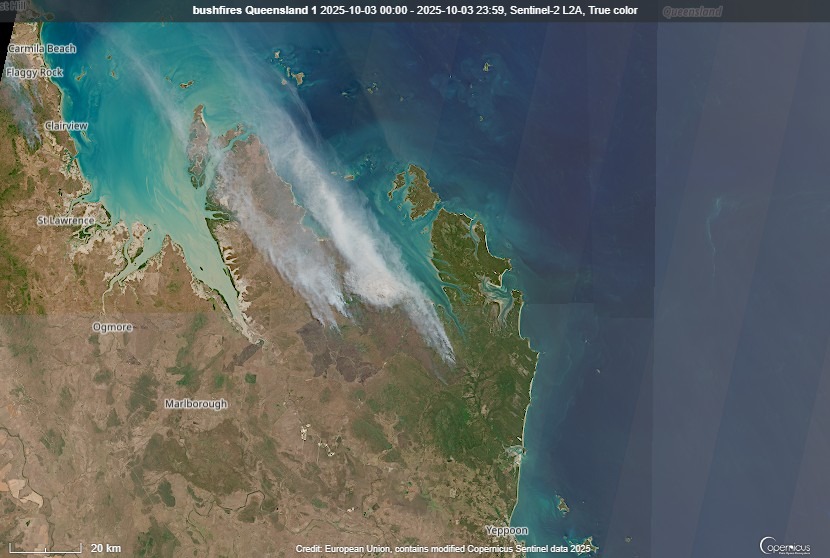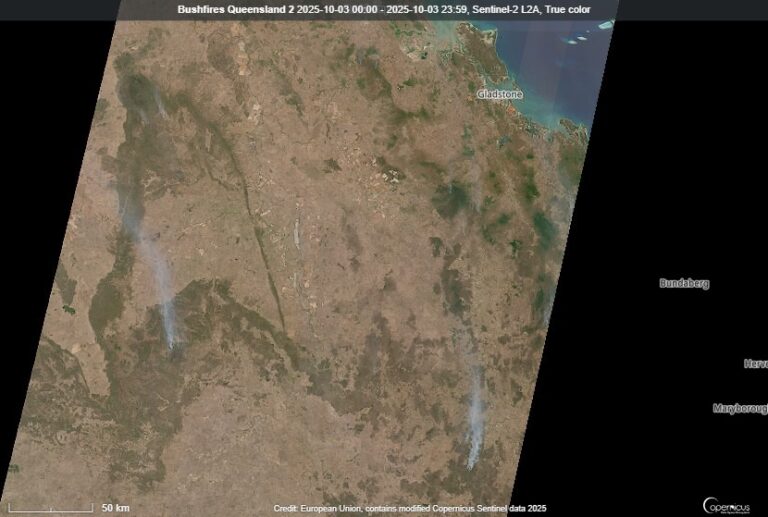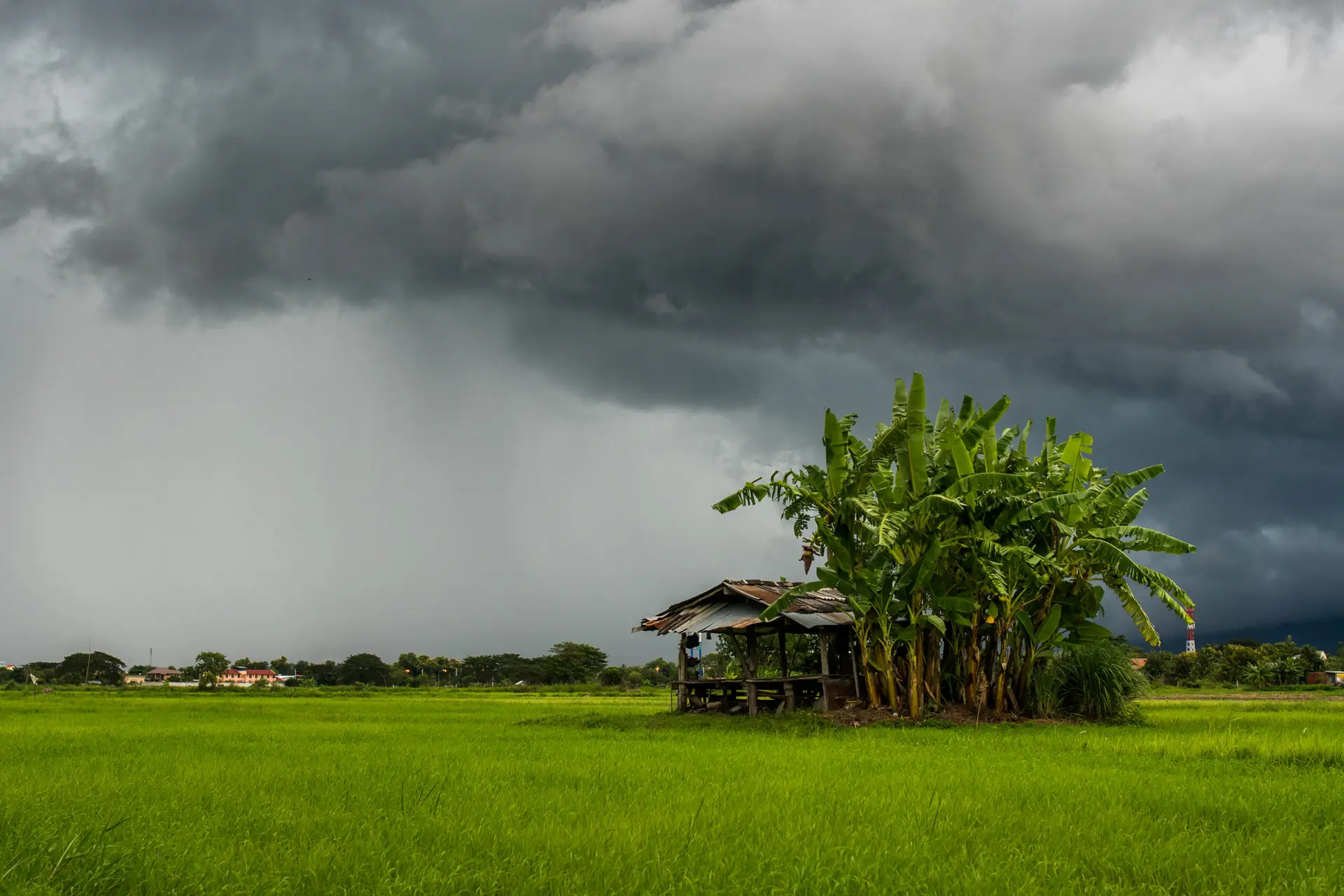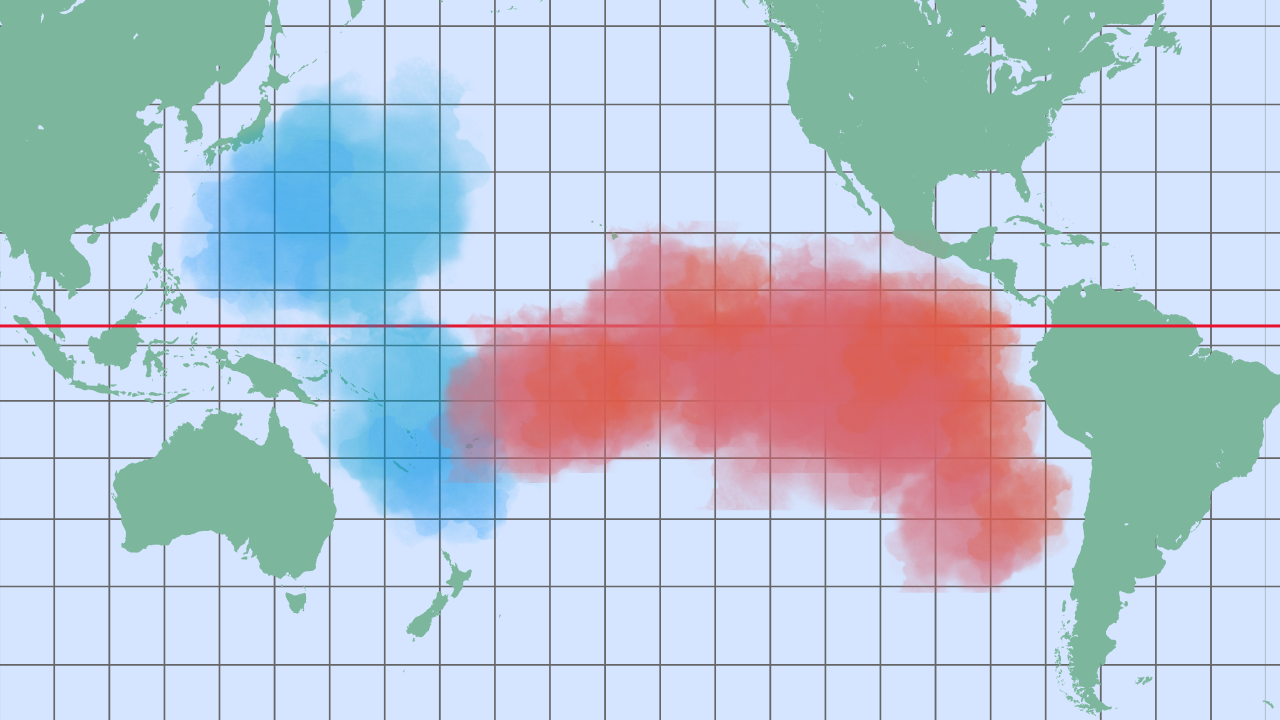El Niño is one of the most powerful forces in Earth’s climate system. Every few years, it changes rainfall, shifts storm tracks, and disrupts ecosystems across the globe. Although it begins in the Pacific Ocean, its consequences reach almost every continent. Therefore, understanding El Niño is essential for predicting global weather and preparing for climate risks.
What Is El Niño?
El Niño is a recurring climate event that usually appears every three to five years. It starts in the tropical Pacific Ocean, but its impact spreads worldwide.
Centuries ago, fishermen in Peru noticed the phenomenon. Around Christmas, the ocean warmed, and fish stocks disappeared. They called it El Niño, meaning “the Christ Child.” Since then, scientists have identified it as part of the El Niño–Southern Oscillation (ENSO) cycle.
This cycle has three phases. El Niño is the warm phase. La Niña is the cool phase. Neutral conditions lie in between. Each phase alters the way oceans and atmosphere interact. As a result, global weather patterns shift dramatically.
How Does El Niño Form?
Under normal conditions, strong trade winds push warm surface waters westward. This allows cold, nutrient-rich water to rise near Peru and Ecuador. The process, called upwelling, supports marine life and stabilizes weather. During El Niño, however, those trade winds weaken or even reverse. Warm surface water then flows eastward across the Pacific. As a result, it builds up in the central and eastern Pacific and raises sea temperatures by several degrees.
This shift disrupts more than just the oceans. Upwelling stops, which starves fisheries and marine ecosystems. In addition, warmer water heats the air above it. That change alters rainfall, causing storms in normally dry regions and droughts in places that usually receive heavy rain.
Global Impacts of El Niño
El Niño’s effects extend far beyond the Pacific. In fact, they create a chain reaction that touches nearly every region on Earth.
Asia and Australia
In Asia and Australia, El Niño often triggers drought. Rivers shrink, farmland dries out, and wildfires become more intense. For example, Indonesia experienced catastrophic forest fires in both 1997 and 2015, largely fueled by El Niño conditions.
South America
On the eastern side of the Pacific, the impact is the opposite. Peru and Ecuador, which are usually dry, suddenly experience heavy rainfall. As a result, storms trigger floods and mudslides that damage homes, farmland, and infrastructure.
Farther inland, northern Brazil and the Amazon often face drought. In contrast, southern Brazil, Argentina, and Uruguay usually receive excessive rainfall. Consequently, these countries deal with widespread flooding and economic losses.
Africa and the Oceans
El Niño also affects Africa. In eastern Africa, countries such as Kenya and Tanzania often experience heavy rains. Therefore, floods can spread disease and disrupt communities. However, southern Africa usually suffers from drought. Millions of people then risk food shortages and crop failure.
The oceans themselves change as well. Cold-water upwelling shuts down off South America, starving fish populations. Anchovy and sardine stocks collapse, which harms sea lions and seabirds. In addition, warm waters stress coral reefs. As a result, coral bleaching occurs in fragile ecosystems such as the Great Barrier Reef.
El Niño and the United States
The United States also experiences major impacts from El Niño, especially in winter. The Pacific jet stream shifts southward, redirecting storms into new areas.
California often receives heavy rainfall. Strong El Niño years such as 1997–98 and 2015–16 brought record floods and mudslides. In addition, Texas, Louisiana, and Florida tend to face wetter winters with more frequent storms.
In contrast, the Pacific Northwest usually becomes warmer and drier. This leads to reduced snowpack and threatens water supplies. The Midwest shows more variation. Some years bring welcome rain, while others cause damaging frost. Therefore, El Niño keeps farmers uncertain about their harvests.
El Niño also influences hurricanes. In the Atlantic, stronger upper winds suppress hurricane formation. As a result, the East Coast and Gulf of Mexico often see fewer and weaker hurricanes. However, the opposite happens in the Pacific. There, El Niño fuels more tropical storms, some of which bring late-season rain into the U.S. Southwest.
How Scientists Predict El Niño
Modern science makes it possible to forecast El Niño months ahead. Scientists use anchored buoys across the Pacific that measure temperatures, currents, and winds. Satellites add more data about clouds and rainfall.
When warm water appears in the central and eastern Pacific, researchers pay close attention. If trade winds weaken and storms shift eastward, the signs become clear. As a result, computer models can simulate how El Niño will develop. Agencies such as NOAA in the United States, BoM in Australia, and ECMWF in Europe run these forecasts regularly.
However, predicting El Niño is not easy. The so-called “spring barrier” makes forecasts in March and April less reliable. Small ocean changes can alter the outcome. Even so, improved technology now allows warnings three to six months in advance. Consequently, governments, farmers, and disaster planners have more time to prepare.
El Niño in a Warming World
Scientists increasingly ask whether climate change is making El Niño worse. Evidence suggests that it is.
Warmer oceans provide more fuel for El Niño. Strong events are becoming more intense, and their effects are amplified by higher global temperatures. For example, the 2015–16 El Niño helped make 2016 the hottest year ever recorded at the time. Coral reefs bleached, crops failed, and over 60 million people were affected worldwide.
In addition, even La Niña years, which normally cool the planet, now rank among the warmest years recorded. This shows how climate change raises the baseline for all events. Therefore, the next strong El Niño may again set new global heat records.
So, El Niño is not just a weather event. It is a global climate driver that affects rainfall, temperature, ecosystems, and economies.
In a warming world, its effects may grow even stronger. However, thanks to better monitoring and prediction, societies now have tools to prepare. Therefore, studying El Niño is essential for protecting lives, securing food supplies, and reducing damage.
Understanding El Niño is a key step in adapting to climate change.
Question you can anwser now:
- What is El Niño?
- How does El Niño form in the Pacific Ocean?
- How does El Niño impact Asia, South America, and Africa?
- How does El Niño affect marine life and oceans?
- How does El Niño change weather in the United States?
- How does El Niño affect hurricanes in the Atlantic and Pacific?
- How do scientists detect and predict El Niño?
